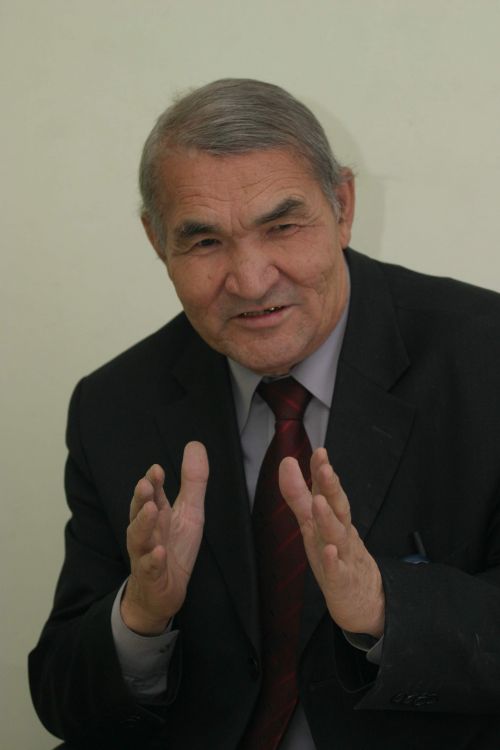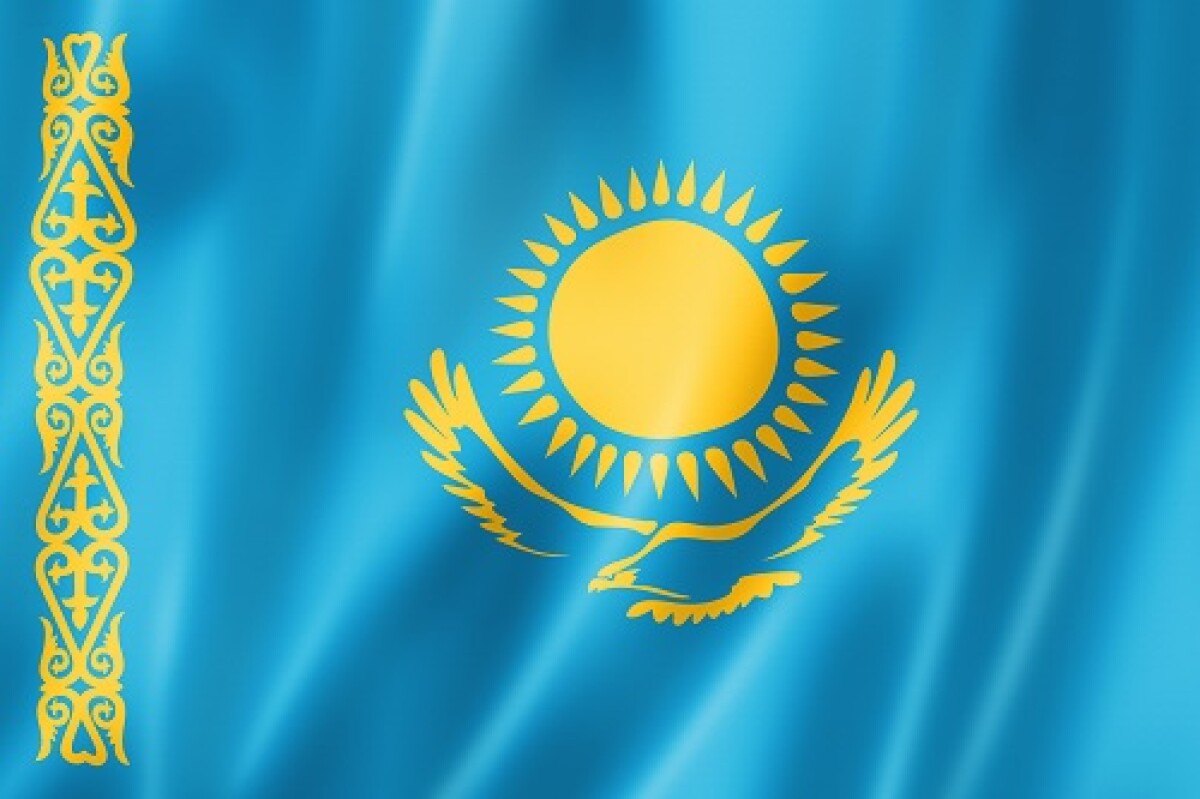
The symbols of the state are the evidence of its sovereignty and independence, unity of the people and the government. They express the idea of statehood, consolidation and aspiration to the national and universal values.
The aim of Kazakhstan state symbols is the consolidation of the main priorities of the statehood idea: integrity, independence, unity in the minds of citizens and formation of Kazakhstan’s image at the international level as supporter of peaceful neighborhood. The basic features of the Kazakh philosophy - fundamental national and human values are reflected in the state symbols by the word picture, which helped to preserve the historical continuity of generations. State symbols are external forms of the national statehood ideology. The state symbols of Kazakhstan are interconnected. They represent a single entity in the perception of Kazakhstan citizens and the international community complementing each other, as the basis of the republic’s stability. On 4 June 1992, the President N.A. Nazarbayev signed laws ‘On State flag of the Republic of Kazakhstan’, ‘On the State emblem of the Republic of Kazakhstan’ and ‘About musical edition of the State anthem of the Republic of Kazakhstan’.
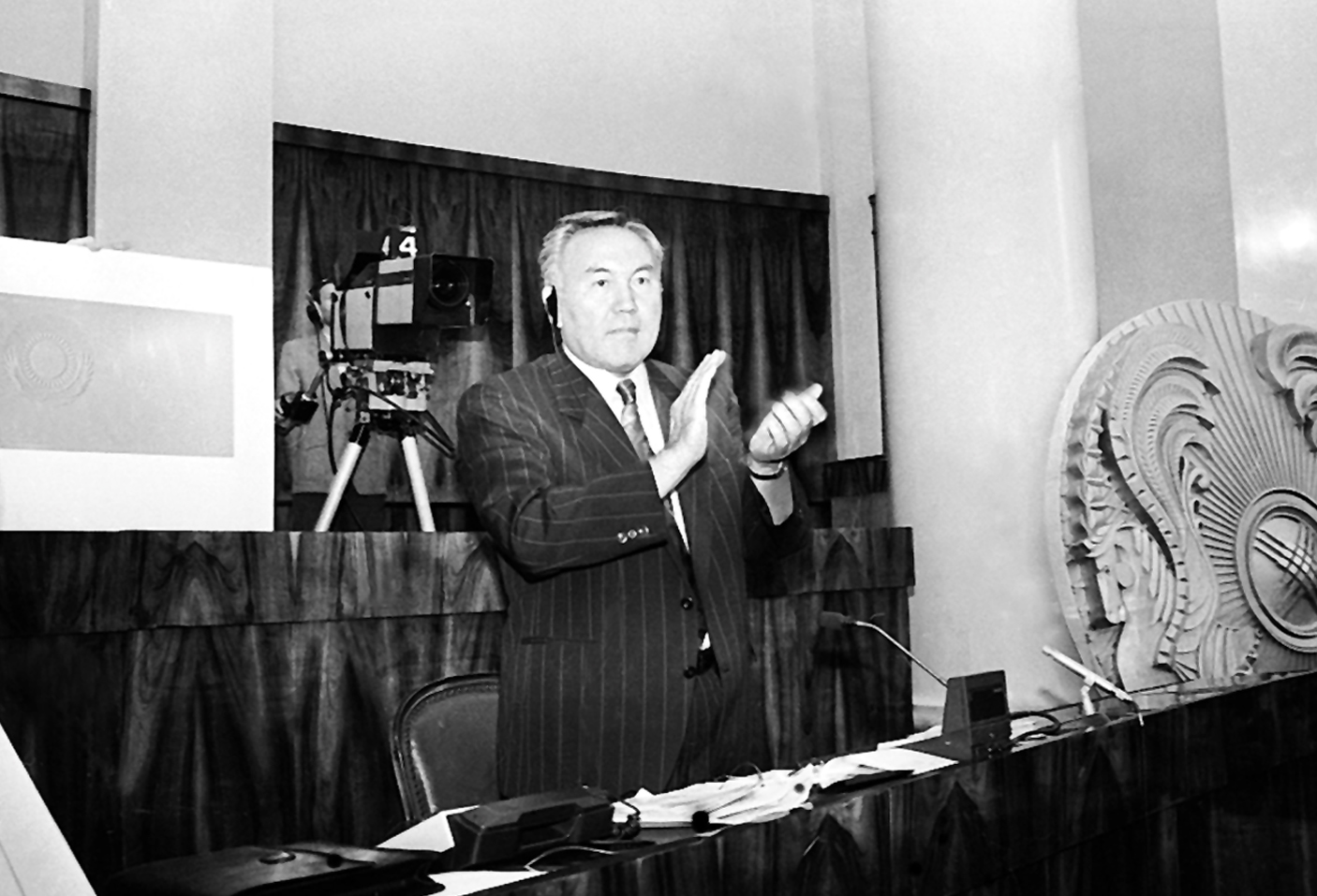
On 6 June 1992, a solemn ceremony devoted to the state symbols of the republic was held in the building of Almaty Opera and Ballet theatre named after Abai. The national flag was hoisted and the national emblem was fixed over the President’s residence and the Supreme Council of the Republic of Kazakhstan on the same day. On 11 December 1992, the text of the National anthem was approved. Subsequently, the provisions on state symbols were classified in the special Decree of the President of the Republic of Kazakhstan, having force of the Constitutional law ‘On State symbols of the Republic of Kazakhstan’ dated by 24 January 1996. Standards of the State flag and State emblem are kept at the residence of the President of the Republic of Kazakhstan. They were brought from Almaty to the new capital Astana by special transport, accompanied by a guard of honor.
The blue flag with golden national ornament on the left, the golden sun and soaring silhouette of the eagle in the center decorates all office buildings in republic, it flutters over buildings of embassies of sovereign Kazakhstan in foreign states, and is established near the UN building. It is universally recognized as a symbol of freedom, independence and sovereignty of the republic. The author of the flag is Shaken Niyazbekov.
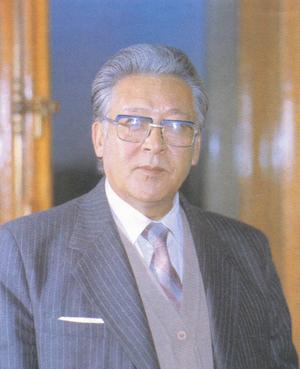
The national emblem of sovereign Kazakhstan is the result of huge work, creative search of two known architects: Zhandarbek Malibekov and Shota Ualikhanov.
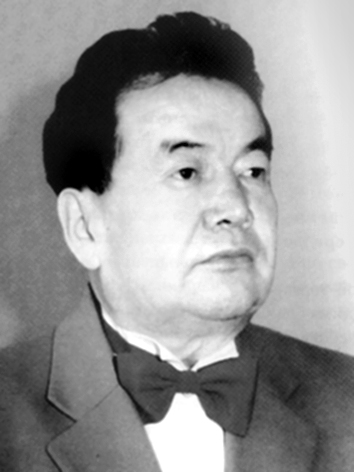
The name of the State emblem in Kazakh is ‘Eltanba’. The emblem represents the image of the central arch of the yurta – ‘shanyrak’ on the blue background, where the poles ‘uyk’ are separated in the form of the sun rays in all directions, framing by wings of mythical horses. A five-pointed star - a sacred symbol of the ancient Turks is placed at the upper part of the emblem, and the inscription ‘Kazakhstan’ is at its bottom. Two colors are used in the color image: gold and blue-green. The first one corresponds to a brighter future of Kazakhstan. The second one represents the blue sky, the one to all people of the world, and aspiration of Kazakhstan to peace, harmony, friendship and unity with all people of the world as well.
Changes in the public consciousness demanded new content and musical-poetic symbol of the country. The National anthem – ‘anuran’ is the official symbol of the state, and the musical equivalent of the national emblem and flag. The text of the anthem was written in joint authorship with by Muzafar Alimbayev, Kadyr Myrzaliyev, Tumanbay Moldagaliyev, Zhadyra Daribayeva. That text was accompanied by the music of the State anthem of the Kazakh SSR (composers Mukan Tulebayev, Evgeny Brusilovsky, Latif Khamidi). The national anthem is the national symbol of the republic’s sovereignty, the unity of Kazakhstan people. The emotional core of the anthem is passionate enthusiasm, spiritual uplift, uniting people in their love to the country and devotion to the Fatherland. However, a song ‘Menin Kazakhstanym’ (‘My Kazakhstan’) was often sounded for expression of patriotic feelings. The song, written in 1950s by Shamshi Kaldayakov and Zhumeken Nazhimedenov stole Kazakhstan people’s hearts and became the unofficial anthem of the country.
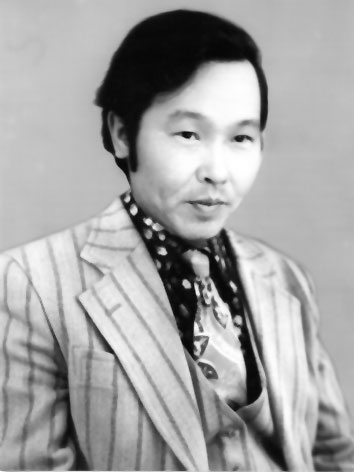
On 6 January 2006, the issue of the new anthem of the country was considered at the joint session of Mazhilis and Senate of Parliament of the Republic of Kazakhstan. The draft Constitutional law ‘On amendments to the Decree of the President of the Republic of Kazakhstan, having the force of law of the Republic of Kazakhstan’, ‘On State symbols of the Republic of Kazakhstan’ was included in the agenda of the highest legislative body by the government of the republic. A number of deputies made a suggestion to include the President of the Republic of Kazakhstan N.A. Nazarbayev in the author membership of the new anthem ‘Menin Kazakhstanym’ (‘My Kazakhstan’) in the course of further discussion of draft law. Deputies of the Mazhilis and the Senate unanimously acknowledged Zh.Nazhimedenov and N.A.Nazarbayev as the authors of the new anthem.
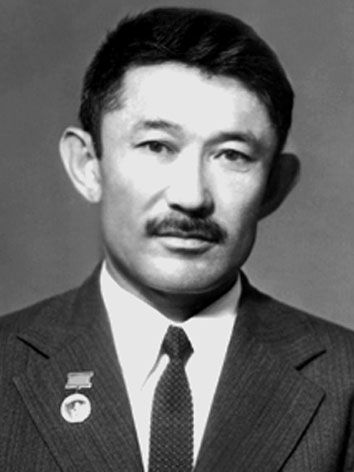
10 January 2006 is a date of the new anthem’s birthday. New official musical-poetic symbol was performed on 11 January for the first time at the Presidential Palace ‘Akorda’ in Astana during the inauguration of the President N.A.Nazarbayev after he won in the next presidential elections. Guests from 70 countries witnessed the presentation of the national anthem. There were presidents and prime-ministers, ministers and diplomats, the heads and representatives of international organizations among them. People stand up and put their right hands to the left side of the chests during anthem performance. The text and vigorous melody of the new national anthem of the Republic of Kazakhstan awaken patriotic feelings in the people’s hearts.
A.SULEIMENOV
Used material:
Ayagan B., Auanasovava A., Suleimenov A. Noveishaya istoriya Kazakhstana (1991-2014). - Almaty: Atamura, 2014. – 368 p.
